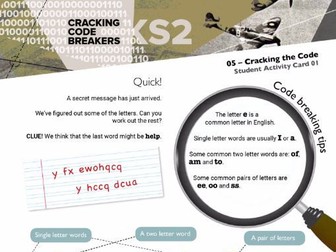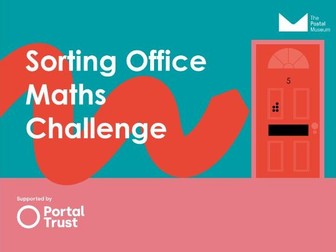The Jolly Postman learning resource (licensed by Penguin Random House) (EYFS/KS1/2)
<p>Free downloadable learning resource for EYFS, KS1 and KS2.</p>
<p>The resource is licensed by Penguin Random House and endorsed by the National Literacy Trust.</p>
<p>From over the hills and far away, help The Jolly Postman deliver his letters today. This popular children’s book by Janet and Allan Alhberg is brought to life in this imaginative learning resource.</p>
<p>The resource makes links between the fictional narrative of The Jolly Postman and the real history of the postal service revealed through The Postal Museum’ s collections.</p>
<p>The Jolly Postman resource can support literacy learning across the curriculum and includes:</p>
<p>• Teachers’ Notes<br />
• Activity ideas<br />
• Templates<br />
• Interactive PowerPoints</p>
<p>Curriculum links:<br />
EYFS: Literacy, Maths, Understanding the world, Communication and Language<br />
KS1/2: Literacy, Geography, History, Maths, Art and Design</p>
<p>The Jolly Postman learning programme at The Postal Museum</p>
<p>Schools visiting The Postal Museum can book The Jolly Postman learning programme to bring the enchanting story to life for your students.</p>
<p>To find out more, or to book a visit: <a href="https://www.postalmuseum.org/visit/for-schools/" target="_blank" rel="nofollow">https://www.postalmuseum.org/visit/for-schools/</a></p>


